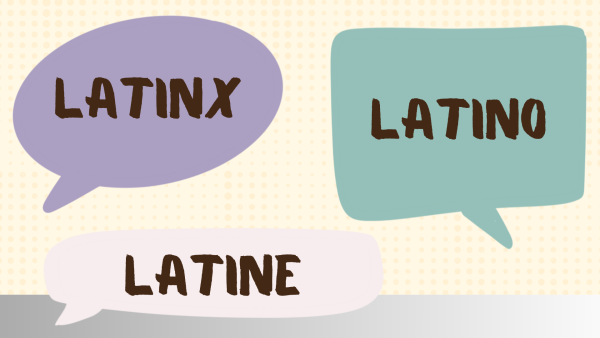Commentary: Why androids aren’t so bad
Gazette/GBT.org staff photo Ian Pogorelov
When I was eleven years old, I got my first phone. I forgot what it was but it was complete garbage. It had around 6 gigabytes (gigs) of storage and half gig of RAM. Two years later I got a new phone, a Chinese Huawei Y3. It had eight gigs of storage and one gig of random access memory (RAM). I thought it was way better.
About a month later when I was at Walmart, I saw it on a shelf, not behind a glass case, but on a shelf for sale, for around $40. This year I got the LG Stylo phone for $140. It had around 36 gigs and two gigs of RAM.
It has about the same specs as an iPhone 6, the best selling smartphone of all time with over 61 million units sold worldwide.
When people in America buy a new smartphone, they “must” get an iPhone due to it being stylish and simply “better” than those “cheap” Android smartphones, however, for me this is not the case.
Android phones, although less secure and user-friendly, are cheaper and more innovative than Apple phones. Apple has released recent iPhone models with little innovation besides slightly better stats and a higher price tag. Their models are so similar, I didn’t know that they released a new iPhone last year.
Android’s strengths and one of Apple’s weaknesses is the price.
According to database company Statista, in 2010 the average selling price of an iPhone was $702, while your average Android sold for $441, in 2014 the average selling price of an iPhone was $657– a slight increase of 7 dollars from the previous year. That same year, an average Android would cost you $254.
Androids also have more downloadable content for than iPhones due to Android’s lax policies towards applications on Google Play Store and third party content. While this generally makes Apple content a little higher quality and more secure, this severely makes you restricted solely to Apple-approved apps for downloading.
Android phones also have more variety in design and purpose.
Google Pixel 3, Huawei P20 pro and Samsung Galaxy S9 Plus all have better cameras than the iPhone XS, the iPhone with the best camera according to Creativebloq.com.
Android also has smartphones specialized for gaming, like the Asus ROG, Razer phone 2, Xiaomi Black Shark and the Honor Play. There are also android phones that offer different designs from a pop-up camera to phones with physical keyboards.
Some of the more modern Androids, although more pricey, are technologically better than any iPhone to date. The Huawei P20 pro, has six Gigs of RAM while the closest competitors from Apple, like the iPhone XS and XS Max have only four gigs of RAM.
This competition in phone technology is not limited to RAM. While Apple officially and currently has the highest memory storage at 128 gigs, Samsung has officially said that it will soon provide manufacturers with a whopping 1 terabyte internal storage chip. For context, one gig can store one hour of video. One terabyte is equal to 1,000 gigs of storage–that’s 1,000 hours of video!
Android phones have more potential for change and innovation than iPhones; which are put out year after year with barely enough change to warrant a different name.
I’m fed up with people claiming that Android is inferior.













